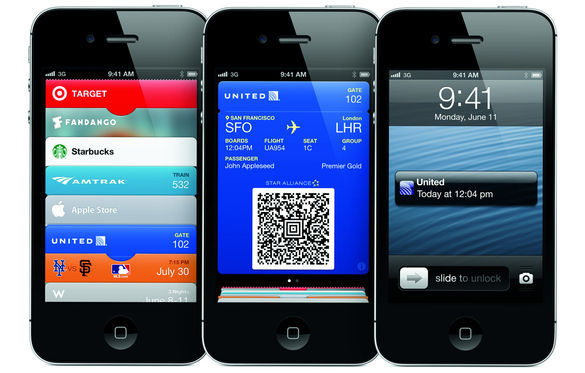By Q2 2013, experts were estimating that 25% of online sales transactions would occur on a mobile device by 2017. Reports show that by Q2 2014, a full year following this estimate, mobile commerce traffic had already increased by 125%. Important to note is that this is the first time that mobile commerce has overtaken tablet commerce in the online sales transaction market. This is pretty big. Customers may very well be on the way to becoming more comfortable with making a quick purchase off of their iPhone or Android, rather than having the desire to fully browse on a more interactive and larger tablet or desktop platform or, of course, by actually touching an item in a traditional brick-and-mortar store.

Mobile commerce is on the rise. Image from fastcompany.net.
The rise in mobile commerce is not without some issues of course. As the Econsultancy article outlines, “a mobile customer’s visit to an ecommerce website has a 50% higher bounce rate, a 30% lower add-to-cart rate, and is 10% more likely to abandon cart.”
Mobile developers and advertisers are working to combat these rates, however. Just recently, AdWords announced an upgrade to their mobile ads. For example, as discussed on Marketing Pilgrim, AdWords’ new Mobile Lightbox Engagement Ads, generated ads will now dynamically resize to fit the screen. Mobile ads will start to do what we have seen on desktop platforms for a couple of years now: advertisements will start small before expanding into visually appealing, dynamic advertisements. Some consumers may be annoyed, of course, but these mobile advertisements will no longer go unnoticed nor will they no longer be improperly optimized for our mobile devices.
Combined with this and many retailers’ efforts to make sure their own online stores are mobile optimized, we can’t forget that social media giant Twitter is experimenting with their own “Buy Now” button. While no results are available yet, Burberry tested out the button on sponsored tweets that were available to select U.S. Twitter users during London Fashion Week. If this feature rolls out mainstream, the ability to buy things on your iPhone will become extraordinarily easy and potentially risky for impulse buyers — but this could be a huge aid to reaching that 25% by 2017 estimate that experts made last year.
E-commerce is growing at a quick rate. If retailers and developers can create e-commerce platforms for mobile devices that are attractive, optimized, easy-to-use, and secure for consumers, mobile commerce poses a huge opportunity for businesses and marketers to boost sales.

 Follow
Follow